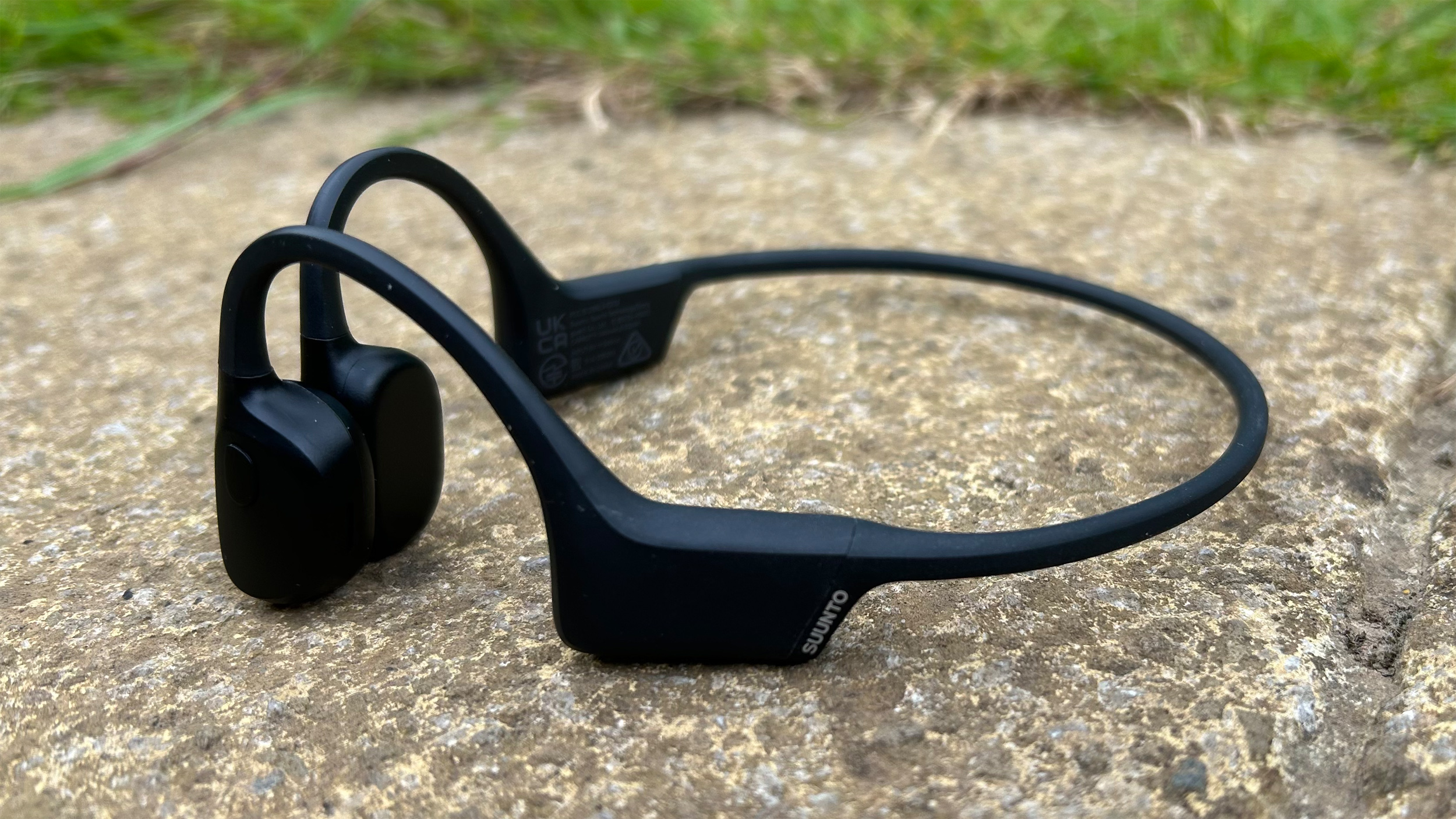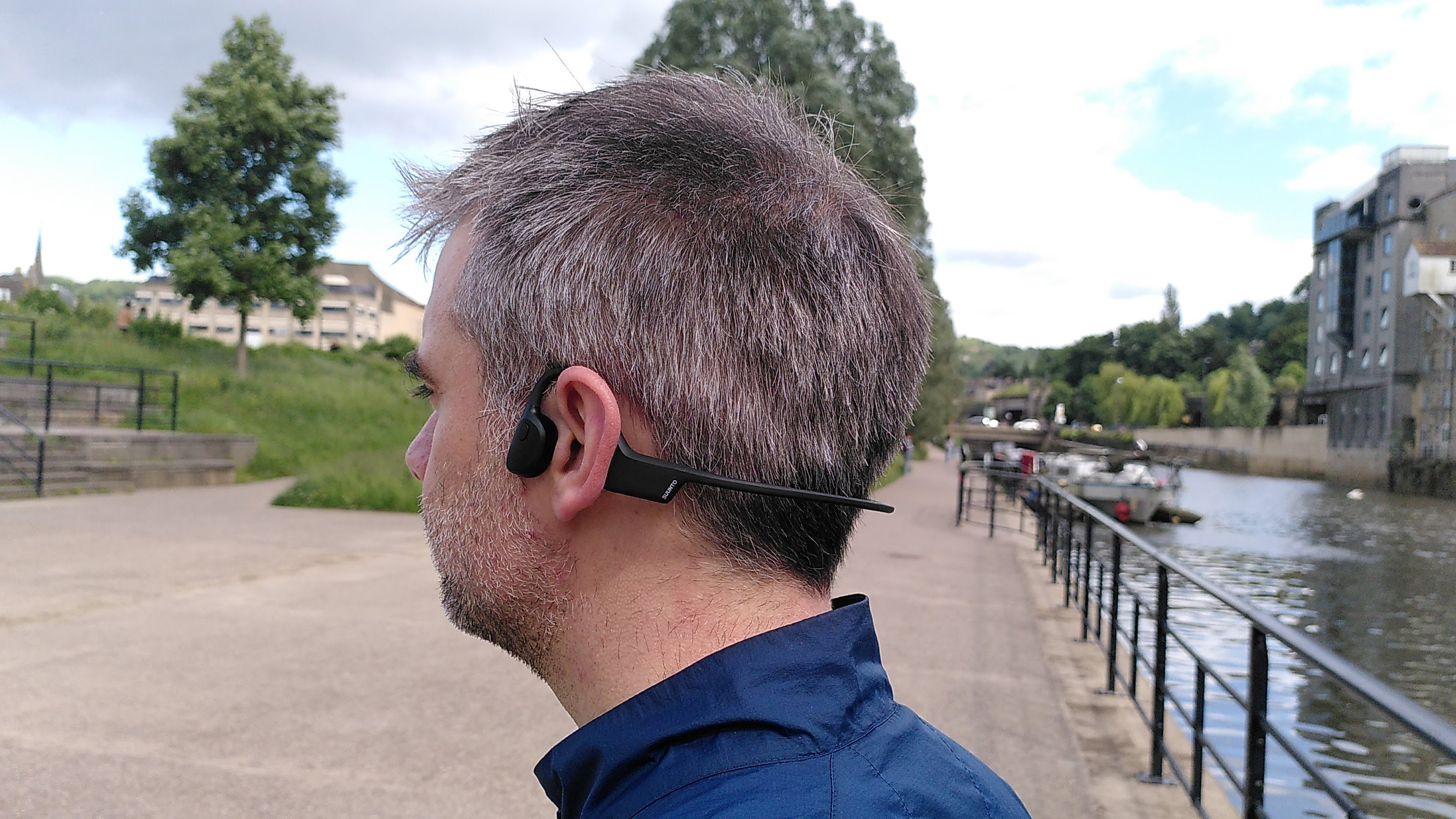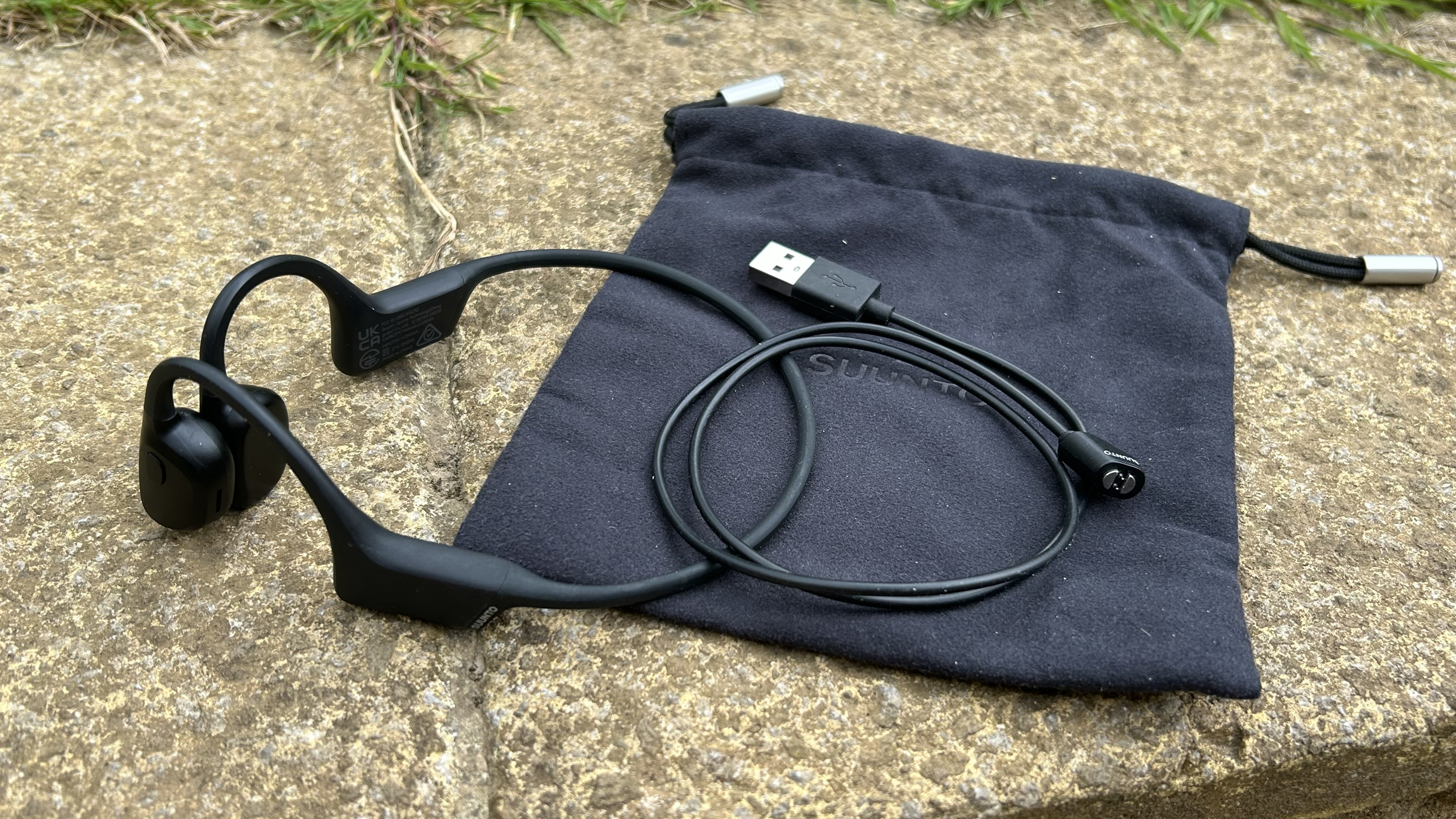
Suunto Sonic headphones: first impressions
Bone-conducting headphones are one of those things you don’t know you need until you try them. Having written off numerous pairs of in-ear Bluetooth running headphones by heading out in the rain (an occupational hazard in the UK), I first went bonephone in the summer of 2021. I haven’t looked back since.
My Aftershokz (now Shokz) Aeropex quickly became my number one running companion, whether listening to podcasts (my usual audio accompaniment of choice) or – when I want to up the pace – working through the higher BPM end of my music collection. I’ve loved how I can use them on the road and still hear traffic and pedestrians, while their IP67 waterproof rating has kept them intact through numerous downpours.

But what’s surprised me most is how often I use them when I’m not out running. It turns out bone-conducting headphones are invaluable when you’re out shopping, doing housework or cooking – especially when you know a “Dad, can you get me something to eat?” is never far away.
So, as a self-confessed bonephone evangelist, I was eager to try out a new model to see (or, rather, hear) if it was time for a change.
These Suunto Sonic headphones certainly looked like a good candidate, coming in at a comparable price point to the Aeropex’s successor, the Shokz OpenRun ($129 (US) / £129 (UK)), and with elegant, minimalist Black styling – we’ll admit that the jury is still out on the, ahem, striking Lime alternative. The promise of 10 hours of music per charge (versus the Aeropex’s eight) was also a big draw, but how would the Suunto Sonic perform on road and trail?
Suunto Sonic headphones: on the road/trail
The Suunto Sonics have been my go-to headphones for the last two months. They’ve been out on trails in the Canadian Rockies and rural Staffordshire, road-running in Bath, and accompanied me on too many mundane errands to count.
The first test for any pair of headphones is comfort, and these undoubtedly fit the bill. They hook neatly over your ears, and – on my head, at least – the plastic band provides a Goldilocks level of elasticity. I’ve found the Suunto Sonics so comfortable I tend to forget I have them on.
Bluetooth pairing with phone, tablet and laptop is a doddle, and the range is good enough that I can wear the headphones at the far end of my house without any loss of signal. They can be charged in an hour using the supplied magnetic power cable, which is compatible with USB-A ports. You also get a nice black bag to keep your Sonics safe.
I’ve been less impressed, however, by the sound. Nobody’s buying bone conduction headphones for the ultimate aural experience – even if you wear earplugs (not supplied), they’ll struggle to compete with in-ear/over-ear models – but I’ve still found the Sonics’ performance a tad disappointing. To my lugs, they sound slightly tinny and trebly, and start to tickle at relatively low volumes, particularly on bass-heavy music.
(Unfortunately, I haven’t found that adjusting the Sound Mode in the Suunto app makes a significant difference. There are two settings: Normal, “for various daily scenarios”, and Outdoor, “Higher volume, suitable for outdoor and noisy environments”.)

I also think these headphones could be more user-friendly. Even after two months, I find the volume buttons fiddly to operate with my thumb in a way I never have with the Aeropex – up feels like down, down feels like up – while I’m not a fan of the device’s audio communication. Perhaps I’ve been spoilt by too many headphones with spoken-word prompts, but – unless you’re fluent in R2-D2 – you may struggle to decipher the Sonic’s code of beeps and tones. Indeed, if you want to check your battery life, it’s much easier to look at your phone or the Suunto app.
But arguably the most disappointing aspect of the Suunto Sonic bone-conducting headphones is the fact they’re only waterproof up to IP55 (aka limited protection from dust and low-level water jets). Seeing as bonephones don’t require as many “holes” as conventional speakers (the only visible break in the surface is the microphone), this seems like an odd decision from Suunto, especially when competitor models offer superior IP67 protection. This means I’ve avoided wearing the Sonics in heavy rain, and makes them a much less attractive proposition for runners – especially in the infamously moist climate of the UK.







